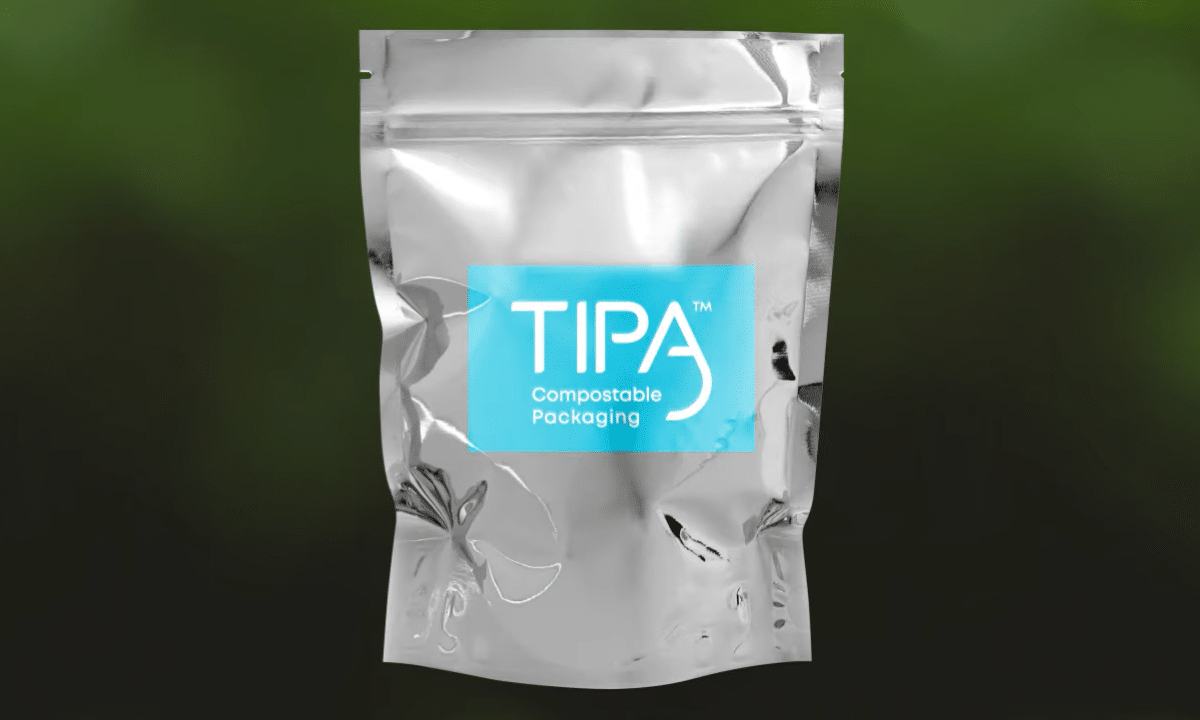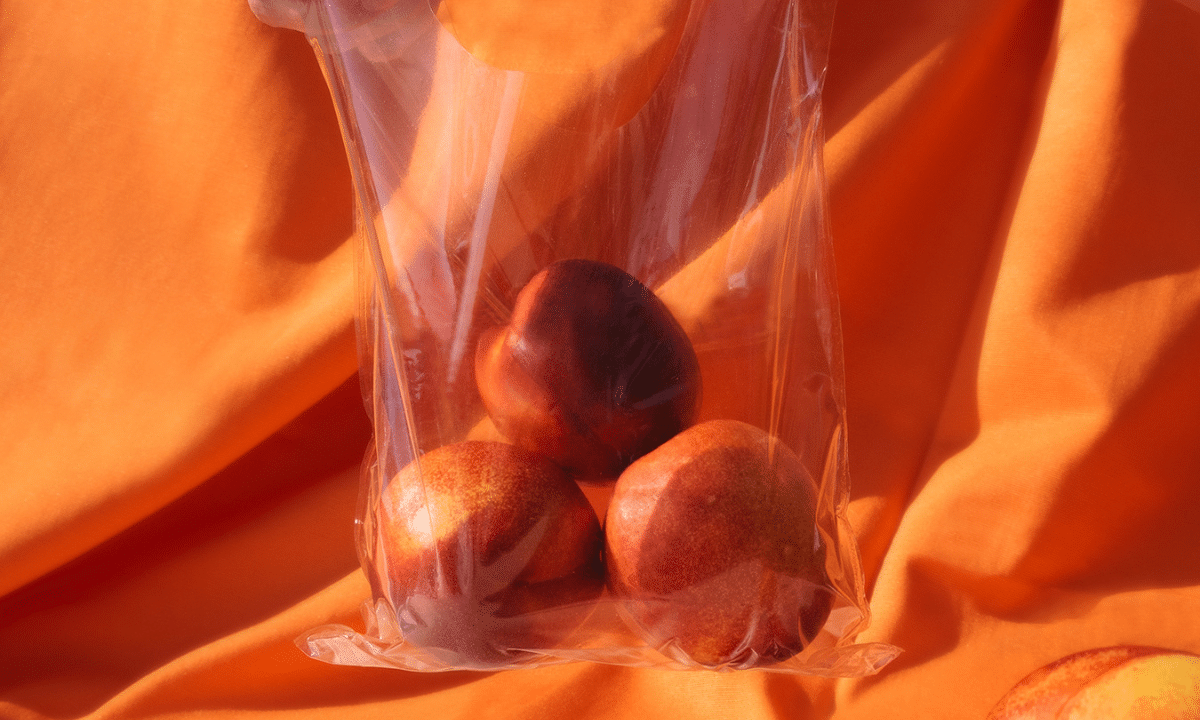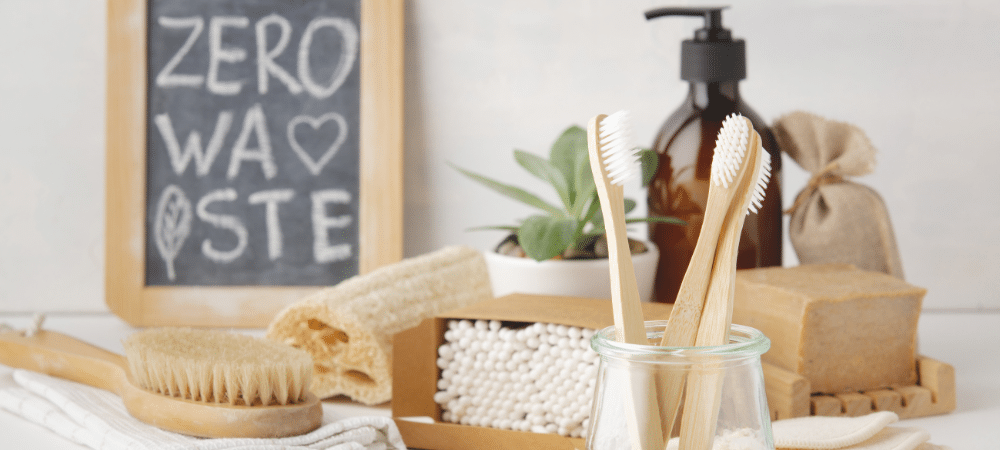Great package design is about more than getting a product from point A to point B. Companies and their customers want eye-catching, sustainable design that will up the ante on style without leaving the environment in a lurch. The trend is organic – cellulose, seaweed, mushroom, recycled paper. And that has led to an evolution in plastic free packaging design.
The goal is sustainability. Today only about nine percent of single-use plastic is kept out of landfills, rivers, and oceans. Most of the plastic that is produced is from packaging alone – 40 percent to be exact. Eco-conscious consumers are responding by looking for packaging that promotes sustainability without compromising the quality of the product.
So, what plastic free packaging design materials are best when it comes to reducing waste? And what kinds of packaging do earth-friendly consumers want to see? A quick look at the terms used in the world of plastic free packaging is a good place to start as we explore how companies are using new technology that could (someday) make plastic old news.
Biodegradable vs. Compostable
Not all packaging that is labeled “biodegradable” is biodegradable or compostable under US government standards. And knowing the difference in terms can be very helpful in today’s market.
The Federal Trade Commission’s Green Guides standards require that packaging – whether it be paper, hemp, wood, or some types of bioplastic – fully degrade within one year after disposal in order to be labeled biodegradable. To be compostable, biodegradable material must also be able to return to the soil while leaving no toxic residue that would inhibit plant growth.
Right now there is no officially recognized standard for home compostable products in the US, but there is a gold standard for commercially (industrial) compostable products. That standard in the US is ASTM D6400, which requires that a compostable product be fully degraded and able to return to the soil within 180 days.
That’s great for the environment. But finding compostable and biodegradable packaging (specifically) that is suitable for all products hasn’t been easy. Food, detergents and liquids, and even organic beauty products that earth-friendly consumers have come to love typically require durable packaging that not only holds the product in place but prevents it from degrading on the shelf.
To meet the challenge, today’s packaging industry is responding with plastic free packaging options that can get most any product to consumers in a compostable or biodegradable shell. Biobased plastic free packaging solutions – from fully compostable or biodegradable hybrid bioplastics to cellulose and seaweed – give manufacturers the benefits of conventional plastic without the harmful waste.
Plastic Free Packaging Solutions – From Biobased Hybrids to Seaweed
Companies worldwide are involved in R&D needed to replace single-use plastic in our landfills and our oceans. Here’s a look at three plastic free packaging technology companies making strides right now.

TIPA
TIPA started looking for ways to replace conventional plastic packaging 13 years ago. Today the Israeli-based company is producing certified biobased/fossil-fuel packaging film and laminates that have the same durability and shelf-life as conventional plastic with the benefit of being fully compostable. The packaging is 20-80 percent biobased with the rest composed of fossil-based polymers – all compostable, and all able to be manufactured on existing machinery used to make conventional plastic.
TIPA describes its proprietary blend of polymers as ideal for degradable products like food, proving “the durability and reliability of plastic with the environmental benefits of biodegradability … but never at the expense of a compostable end-of-life.”
And the company has the certification to prove it. TIPA products are BPI Compostable Certified, meaning that its products meet the global ASTM D6400 compostable standard as verified by the Biodegradable Products Institute – the only third-party verification for products that meet ASTM compostable standards in North America.
Melodea
Another leader in green tech in packaging is Melodea. The Israeli company creates cellulose-based coatings for the global packaging industry. Using cellulose nanocrystals (CNC) technology, Melodea produces biodegradable, fully recyclable, non-toxic gel coatings that protect packaged food and other products from oil, grease, and water.
The European company recently announced plans to expand its operations to the US where it will produce the CNC coatings for use in paper-based pouches, molded pulp trays, and lids for North American clients. Melodea cellulose-based coating technology is certified biodegradable and compostable by Germany’s PTS testing service and meets FDA standards.
Sway
Plastic free packaging doesn’t always need to be super durable. Sometimes companies want a packaging film – lightweight, transparent, and biodegradable. One alternative reaching new depths in the plastic free revolution is seaweed. And at the helm of the new technology is Sway.
The California-based start-up currently partners with coastal farmers in Latin America and along part of the US West Coast to cultivate species of seaweed that Sway uses to manufacture home compostable packaging material. Its work has been a big success, leading to partnerships with apparel, beauty, and home goods companies like Target and CVS in the development of a seaweed-based “plastic” bag. The company is a member of the Sustainable Packaging Coalition, which supports action toward packaging sustainability.

The (Plastic Free) Recycling Option
New plastic free packaging technologies being developed by companies like Sway are important if eco-conscious companies and consumers are to reduce the use of conventional plastic. But getting those technologies from R&D to households takes time.
Luckily there are solutions right now that some forward-thinking companies are using to curb plastic use until more friendly packaging comes along. Here are three of them to consider:
Aluminum
Communities across the US no longer believe that recycling is a solution for single-use plastic as the amount of plastic waste grows. But recycling still has a role to play, especially when it comes to aluminum. Recycling demand for aluminum is still high relative to the demand for low-value plastic.
One company riding the aluminum wave in support of ocean and landfill cleanup is actor Jason Momoa’s beverage company Mananalu with the tagline “Drink one, Remove one” – a promise to consumers that plastic waste will be removed from the environment for every bottle sold. And the Aquaman star isn’t playing around: Mananalu reports that it has helped divert over 111,500 pounds of low-value plastic from the environment through its efforts.
Cardboard
Another substitute for plastic in shipping and manufacturing is cardboard. Paper and cardboard recycling still have a market domestically and internationally. To prove it, Canadian beauty company Attitude has made cardboard its plastic free packaging choice for its vegan personal care line Oceanly. Use of FSC-certified cardboard (from responsibly managed forests) delivers the product in squared, push-up tubes topped off with cool colors and a playful logo. Best of all, the tubes are biodegradable, compostable, and recyclable!
Glass

Sometimes old school is the best school. That is where glass packaging comes in. Not only is glass still easily recyclable, it’s also reusable. The better the design, the more desirable it becomes.
Add another sustainable material like bamboo and plastic free packaging enters a new realm. MEGAN & CO combines simple glass bottles and bamboo caps into an art form with its Herbal Apothecary line.
It’s a look that continues to resonate – most recently through the seafoam-green glass and bamboo packaging unveiled by LA-based agency Phenomenon. The reusable bottles and bamboo lids designed by Phenomenon for supplement fatty15 in 2021 have been called “pure perfection” by Dieline. We have to agree.
What’s Next?
The future is now when it comes to the need for plastic free packaging options. Generations of attempts to quell the swell of single-use plastic with recycling alone isn’t working. Companies at the forefront of new biobased plastic alternatives offer hope that we can turn the tide of plastic overproduction before it does more harm to the environment. We can’t wait to see where plastic free packaging goes next.
Are you looking to design your brand using plastic free packaging options? Our eco-friendly packaging design agency would love to help you! Let’s talk!
Crème de Mint has specialized in beauty, food and supplement packaging design for more than 15 years. Our CPG branding agency knows how to create compelling, craveworthy designs that can help your brand stand out!



